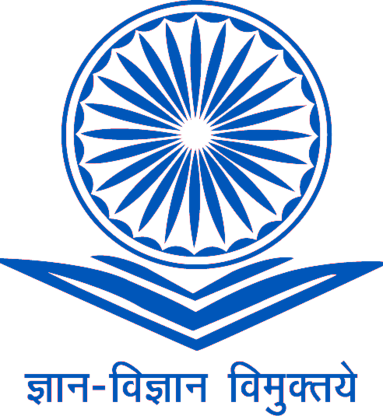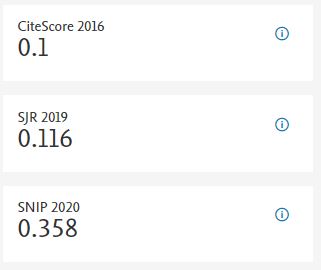A Study of Various Groundwater Management Strategies and Technological Aspects in India
Abstract
Groundwater is directly associated and influenced by natural recharge. Since the natural recharge in the areas having low and medium rainfall is restricted. Thus, groundwater in these areas is prone to depletion, resulting in a permanent decline in the water table. The depletion in groundwater reserve, in this way, causes major economic, social and ecological consequences in the region. It has been observed that in many parts of the excess groundwater withdrawal by private tube wells used for rice cultivation has resulted modification of hydrological setting. Groundwater Estimation Committee, the level of groundwater development is more than 80 per cent which is quite alarming in comparison to the national level of 30 per cent. This region has registered as appreciable decline in groundwater level since 1974 due to high rate of extraction. This study has demonstrated that average depletion is taking place in groundwater reservoirs at an alarming rate of 0.529 meter per year. In this way the problem of ground depletion in the area seems to be both shortage and managerial. The new technology is of little significance until it reaches to the actual user. Sometimes it takes several years for a new technology to reach to its end user. The innovation of new techniques in the field of irrigated agriculture is of utmost importance particularly for the semi-arid area like the study area. For example, evolution and implementation of new irrigation technique that could save water is considered as one of the promising strategies. Water saving modern devices is the growing need of the study area because the survey by the Central Groundwater Board reveals that the spurt in the number of tubewells has caused the groundwater table to decline as the withdrawal exceeds the average annual recharge. Groundwater irrigation is a critical factor in the study area as canal water is scarcely available. It has also been observed in this area that centrifugal pumps used for water lifting are being replaced by submersible pumps. Installation of submersible pump requires heavy investment which is beyond the reach of most farmers. Various improved irrigation methods such as sprinklers, drip irrigation and Deep Tubewell Irrigation Technology (DTIT) could be useful methods for the study area.














